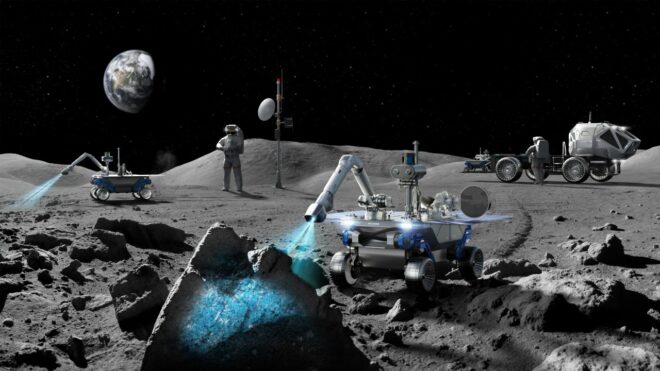Hyundai, together with the Korean Institute of Astronomy and Space Sciences, will implement robots for going to the Moon.
Aiming to be the leader in electrification by 2030, Hyundai Motor Group is preparing to develop a lunar exploration platform and explorer robots together with aerospace research organizations. Wanting to support ideas such as the journey to the moon and space adventure that have excited humanity throughout history, with more concrete examples, Hyundai will begin to make more use of science and technology to explore the lunar surface and move to a different dimension in mobility.
Hyundai gave a date for the project
Korea Institute of Astronomy and Space Sciences (KASI), Electronics and Telecommunications Research Institute (ETRI), Korea Civil Engineering and Construction Technology Institute (KICT), Korea Aerospace Research Institute (KARI), Korea Atomic Energy Research Institute (KAERI), and Korea Having signed a joint research and development agreement with research centers in the aerospace sector such as the Automotive Technology Institute (KATECH), Hyundai wants to contribute to the benefit of humanity from science and technology more.
The group, which expects to complete its first test unit in the second half of 2024, aims to create a model with mobility in 2027. Wanting to expand the scope of human access and mobility experiences, Hyundai will spread all the experiences it will gain in space to all areas of life. The lunar platform and explorer robotics, which will be jointly developed with Korean organizations, will use Hyundai Motor Group’s advanced autonomous driving technologies, the driving system consisting of electric motor, chassis and suspension, solar panel and battery charging parts, as well as the mobile special robot developed by Hyundai Rotem. .
The platform and robotics will have thermal management functionality and radiation shielding to withstand the conditions of the lunar surface. After the research and development phases, the group will enter the testing phase in an environment close to the lunar surface and plan to land the platform and robotics near the south pole of the moon. Solar-powered and autonomously driven robotics will weigh around 70 kg. Robotics, which will also have special motion mechanisms for digging the lunar surface and taking sample materials, have the potential to lead both aviation and automotive by performing various scientific tasks.
